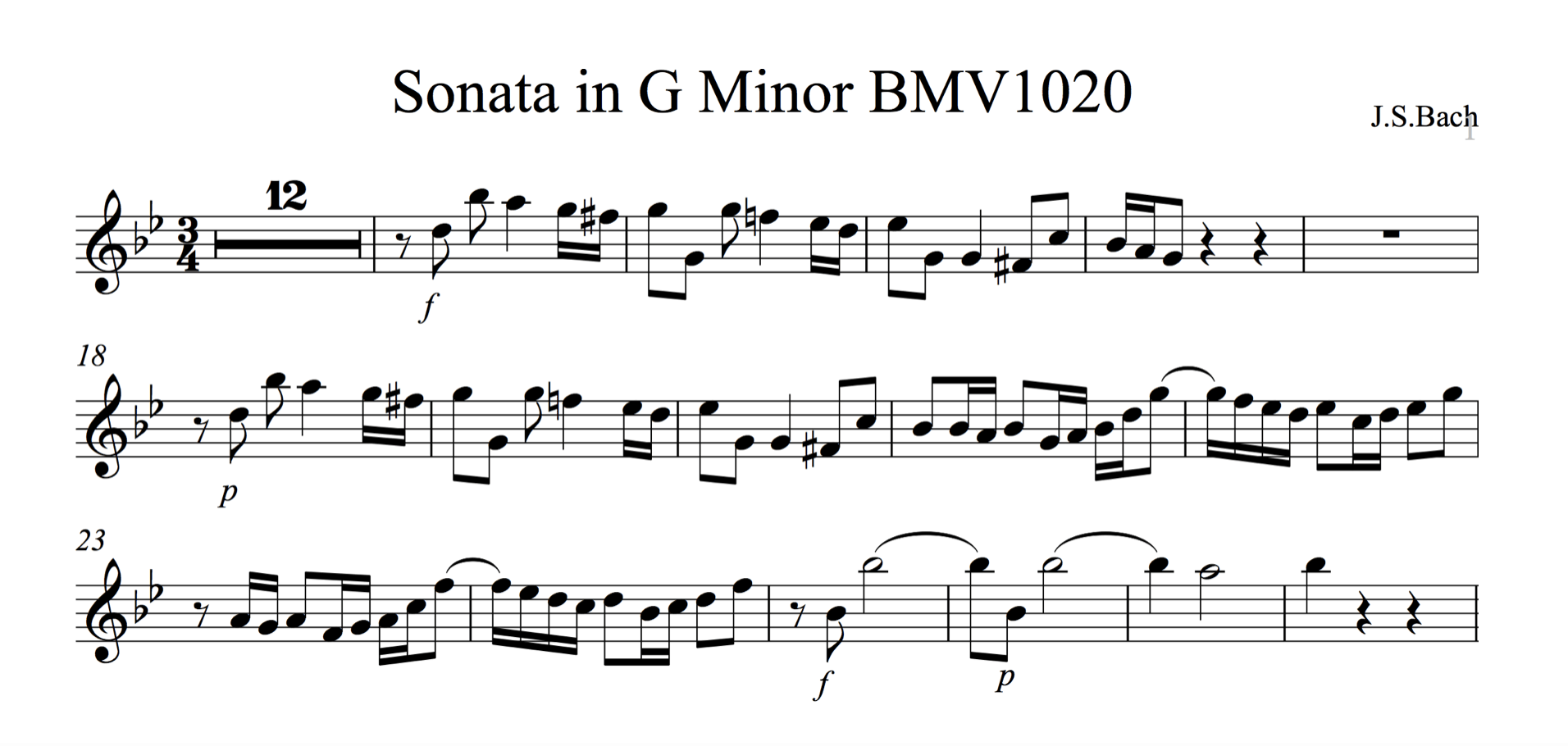The Baroque Era
What does Baroque Mean?
The word Baroque is French and derives from the Portuguese word ‘barrock’ which translates to ‘A misshapen pearl’.
Its exuberant style and highly ornamented music are quite fitting of this title. The Baroque period of music history produced some of the earliest examples of music that is familiar to most of us today.
These works include Pachelbel’s Canon and Antonio Vivaldi’s The Four Seasons.
What was going on in the world during the Baroque Period?
Some significant events took place during this period, and the world was seen to be changing rapidly.
People were gaining a much better knowledge of the Universe, through the work of Galileo and the acceptance of Copernicus’s 16th-century theory that the planets didn’t revolve around the earth.
The technology was advancing, and the invention of the telescope was of great significance.
Great thinkers like Descartes, Hobbes, Spinoza and Locke tackled the big questions of existence and artists like Rubens, Rembrandt and Shakespeare portrayed this in their works.
European nations grew more and more involved with foreign trade and colonisation, bringing them into direct contact with parts of the globe that were previously unfamiliar.
“Terraced Dynamics”
“Imitation”
Tonality in Baroque Music
Modes were replaced by the Major/Minor key system; with the invention of the Major and Minor key system, it became possible for composers to modulate from one key to another related key.
Baroque music relied heavily on the discovery of modulation, particularly that of the Circle of Fifths pattern.


